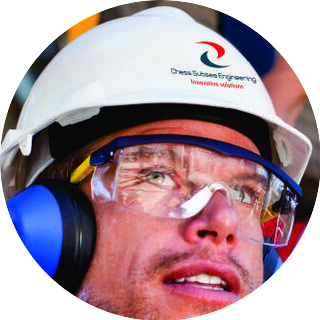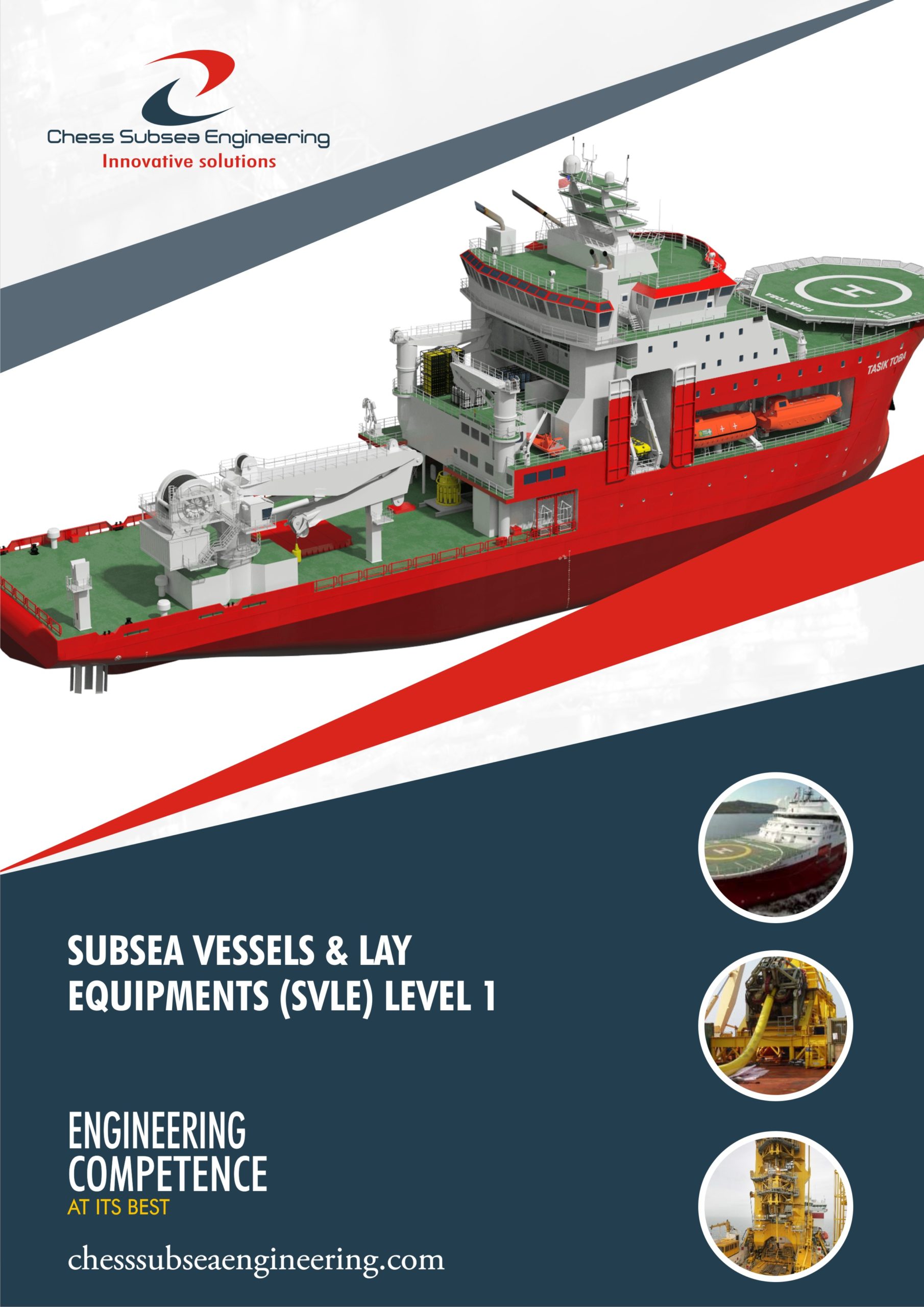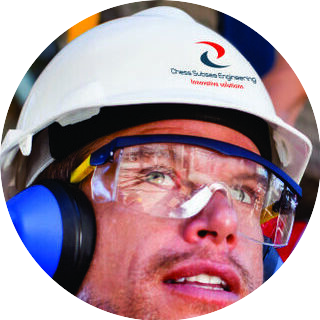Description
The Subsea Vessels & Lay Equipment (SVLE) Level 1 course is designed to provide participants with a comprehensive understanding of the fundamental concepts and principles related to subsea vessels and lay equipment operations. This course covers various aspects of subsea vessels and lay equipment, including their design, operation, maintenance, and safety considerations. Participants will gain knowledge about different types of subsea vessels and lay equipment used in offshore operations.
The SVLE Level 1 course includes theoretical and practical training, allowing participants to develop essential skills and competencies required to work effectively with subsea vessels and lay equipment. It covers topics such as installation and recovery of subsea structures, pipeline laying and inspection, and subsea equipment deployment.
Participants will learn about the role of subsea vessels and lay equipment in offshore construction projects, including their involvement in activities such as subsea cable installation, pipeline laying, and subsea equipment deployment.
The SVLE Level 1 course emphasizes the importance of adhering to industry best practices, safety regulations, and environmental considerations in subsea vessel and lay equipment operations. Participants will be equipped with the knowledge and skills to mitigate risks and ensure the safe and efficient execution of subsea projects.
Subsea Vessels & lay Equipment (SVLE) Level 1 covers Overview of the offshore oil and gas industry, Subsea infrastructure and its importance, Introduction to subsea vessels and lay equippment, Subsea Vessels & lay Equipment Engineering Management, Types of subsea vessels (construction vessels, pipelay vessels, dive support vessels, ROV support vessels, etc., Subsea vessel capabilities, specifications, and classification, Subsea Vessel equipment and systems (cranes, winches, dynamic positioning systems, etc.), Subsea Vessel operations and crew roles,Subsea pipelay equipment overview (tensioners, stingers, reels, etc.), Function and operation of key subsea pipe lay equipment, Subsea pipe lay equipment specifications and capabilities, Subsea pipe lay equipment maintenance and inspection, Introduction to subsea infrastructure (pipelines, umbilicals, risers, etc.), Subsea installation methodologies and techniques, Equipment utilization during subsea installation processes, Safety considerations during subsea installation activities, Deployment procedures for subsea lay equipment, Subsea lay equipment setup, positioning, and calibration, Subsea lay equipment operational considerations and challenges, Integration of subsea lay equipment with subsea infrastructure, Routine maintenance procedures for subsea vessels and lay equipment, Subsea inspection requirements and best practices, Subsea lay equipment integrity management, Subsea lay equipment compliance with industry standards and regulations, Subsea lay equipment and vessels safety protocols and guidelines, Subsea lay equipment and vessels emergency response and evacuation procedures, Subsea lay equipment and vessels risk assessment and mitigation strategies, Subsea lay equipment and vessels incident reporting and investigation, Analysis of Subsea lay equipment and vessels projects and case studies, Analysis of Subsea lay equipment and vessels projects JSA, Analysis of Subsea lay equipment and vessels projects risk assessment and more.
Course Outlines
Overview of the offshore oil and gas industry
Subsea infrastructure and its importance
Introduction to subsea vessels and lay equipment
Subsea Vessels & lay Equipment Engineering Management
Types of subsea vessels (construction vessels, pipelay vessels, dive support vessels, ROV support vessels, etc.)
Subsea vessel capabilities, specifications, and classification
Subsea Vessel equipment and systems (cranes, winches, dynamic positioning systems, etc.)
Subsea Vessel operations and crew roles
Subsea pipelay equipment overview (tensioners, stingers, reels, etc.)
Function and operation of key subsea pipe lay equipment
Subsea pipe lay equipment specifications and capabilities
Subsea pipe lay equipment maintenance and inspection
Introduction to subsea infrastructure (pipelines, umbilicals, risers, etc.)
Subsea installation methodologies and techniques
Equipment utilization during subsea installation processes
Safety considerations during subsea installation activities
Deployment procedures for subsea lay equipment
Subsea lay equipment setup, positioning, and calibration
Subsea lay equipment operational considerations and challenges
Integration of subsea lay equipment with subsea infrastructure
Routine maintenance procedures for subsea vessels and lay equipment
Subsea inspection requirements and best practices
Subsea lay equipment integrity management
Subsea lay equipment compliance with industry standards and regulations
Subsea lay equipment and vessels safety protocols and guidelines
Subsea lay equipment and vessels emergency response and evacuation procedures
Subsea lay equipment and vessels risk assessment and mitigation strategies
Subsea lay equipment and vessels incident reporting and investigation
Analysis of Subsea lay equipment and vessels projects and case studies
Analysis of Subsea lay equipment and vessels projects JSA
Analysis of Subsea lay equipment and vessels projects risk assessment
Assessment
Participant underpinning knowledge of Subsea Vessels & lay Equipment will be accessed with short answer multiple-choice questionnaire at the conclusion of the course.
Outcome
Participants will gain an in debt understanding of Subsea Vessels & lay Equipment.They will also implement knowledge gained with minimum supervision while working for IOC, subsea or offshore vessel contractors
Professional Certificate
Issued directly by Chess Subsea Engineering Europe.
Participant may be presented for Offshore Petroleum Training Organization (OPITO) Certification.
How to Register
Click here to download registeration booklet on msword and email completed booklet to info@chesssubseaengineering.org directly.












